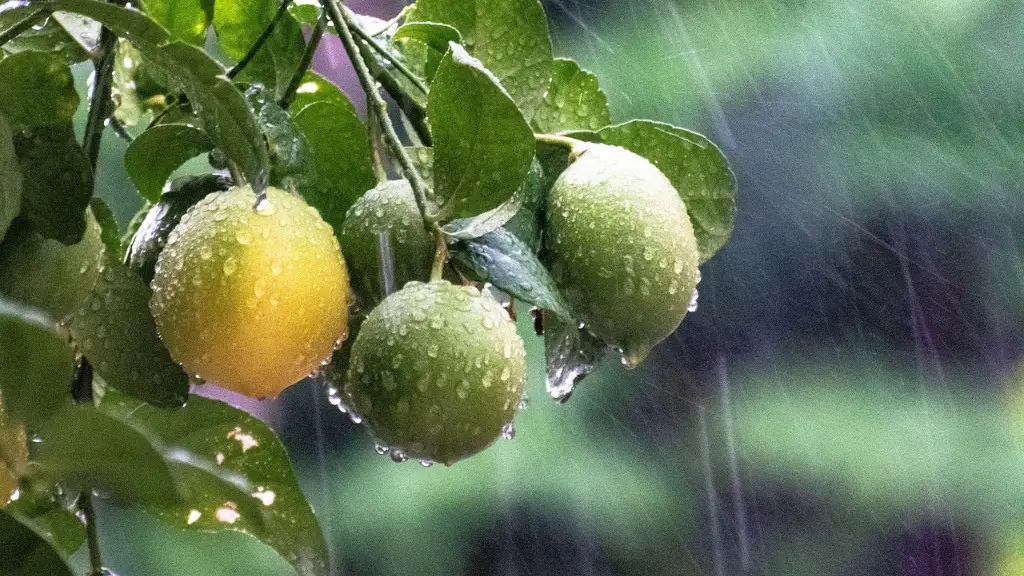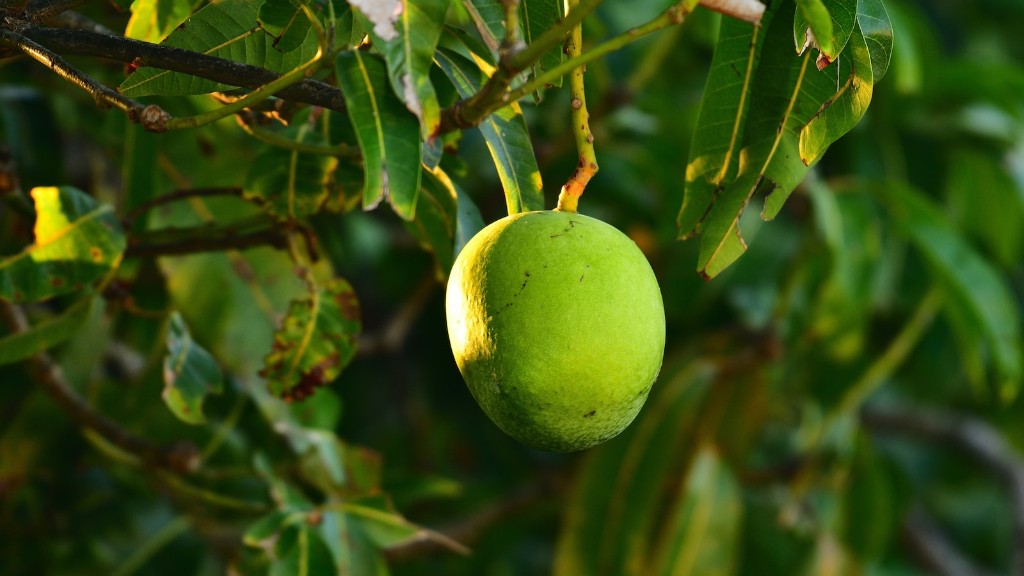Indoor lemon cypress (Cupressus macrocarpa ‘Goldcushion’) care is a task that shouldn’t be taken lightly. These trees will often go several years without requiring care, so you need to do your research, get the right supplies and know what to look for. With proper care and maintenance, you can maintain lush, healthy lemon cypress trees indoors.
When caring for a lemon cypress indoors, it’s important to choose the right location. You want to place the cypress in an area that gets enough sunlight. Most cypresses prefer 6-8 hours of full sunlight each day, so place near a sunny window or outdoors in a covered or partially shaded area. Keep in mind that these plants don’t do well in very hot conditions.
The next step in caring for a lemon cypress indoors is to ensure you’re meeting the tree’s water needs. Lemon cypresses typically require regular, thorough watering throughout the year. Water until moisture is visible, but don’t allow the soil to become saturated in water. You’ll know you’re watering enough when the soil is dry 2-3 inches below the surface. Conversely, you’ll know you’ve watered too much if the soil remains saturated.
A lemon cypress also needs regular fertilizing. You should use a balanced fertilizer specifically designed for lemon cypresses and apply it at least twice a year. Avoid fertilizers that contain excess nitrogen, as this can cause foliage issues. As an additional tip, you should water your tree before each fertilizing session.
When caring for a lemon cypress indoors, it’s also important to be aware of and look for signs of pests or diseases. Much like any other indoor tree, a lemon cypress can fall prey to pests, such as mealybugs, spider mites and scale. If you suspect a pest infestation, treat it with an appropriate insecticide. As for disease, watch for brown foliage and yellowing leaves, which are signs of stress. Prune away affected branches or leaves and treat with a fungicide.
Caring for a lemon cypress indoors doesn’t have to be a daunting task. With proper care and maintenance, you can maintain a healthy, lush lemon cypress that will last for years. Just be sure to place your tree in the right location, water it regularly and carefully, fertilize it often and watch out for signs of pests or disease.
Light Requirements
Lemon Cypress trees prefer bright indirect sunlight. Thus, it is important to pick the correct area to bathe the tree with the right amount of sunlight. You should place the tree in an area that receives 6-8 hours of direct sunlight per day. Make sure it is always receiving bright indirect sunlight, and not direct sunlight. The lemon Cypress can suffer from sunburn if exposed to prolonged direct sunlight, so you should always make sure to avoid it.
Apart from this, you should keep in mind that although these trees prefer sunlight, it does not mean that they require too much of it. To keep the tree healthy and to prevent it from becoming sick, it is important to make sure that it does not receive too much direct sunlight, or too much heat. It is better to place the tree in a cooler area such as a covered garden with several trees together, rather than a balcony that is exposed to too much sunlight, and heat.
And remember, if you are going to move the tree, it is best to make sure that it undergoes gradual lighting transition to prevent any shock. Start by leaving it in a spot with minimal exposure to the sun, and then slowly make your way up until you reach the recommended hours of sunlight exposure.
Water Requirements
Watering is among the most important considerations when it comes to caring for a lemon Cypress tree indoors. As a general rule, you should water the tree when the soil begins to look dry (2-3 inches). This should be done in the morning, and make sure that the plant does not stay in water for too long. It is also important to make sure you are not over-watering the tree, as it may lead to root rot.
Keep in mind that these trees require a lot of water during the summer season. The soil should be kept moist all the time, but do not let it get soggy. The best way to make sure you are giving the tree enough water is by checking the soil regularly and keeping track of the soil moisture. You can also check if the leaves start to dry, as this may indicate that the tree needs more water.
You may need to water the tree every other day during summer, and less during other times of the year. Also, if you have a pot that drains, it is best to let the water drain fully before the next watering session. This will prevent the tree from being over-watered, and will keep it in good health.
Fertilizer and Soil Requirements
It is also important to use the proper fertilizer for a lemon Cypress tree. A balanced fertilizer specifically for Lemon Cypress trees should be used at least twice a year. Avoid any fertilizer that contains too much nitrogen as this can result in foliage and other issues.
Also, make sure to use the correct soil to help with the trees growth and health. The soil should be well-draining, but with enough moisture to help the roots grow. You can mix the soil with organic compost, to help with drainage and to provide nutrients to the tree.
The soil pH should be around 6.5, so it is important to test the soil for pH levels. If the pH is too low, add limestone or Dolomite Lime to raise it, and Sulfur to lower it. Make sure to keep the soil moist and well-drained.
Common Problems
Like all other plants, Lemon Cypress trees can suffer from a number of common problems. The most common one is the infestation of pests such as mealybugs, spider mites, and scale. If you notice any signs of a pest infestation, you should immediately treat the tree with an appropriate insecticide.
The other common problem is the spread of disease. If you see yellowing leaves with brown patches, and aerial branches with dying tips, then there is a chance of the tree getting some kind of bacterial or fungal infection. In this case, you should prune the affected branches or leaves to limit the spread of these diseases and treat them with a fungicide or an appropriate pesticide.
You should also watch out for lemon Cypress trees becoming too dry. This can cause the leaves to turn yellow and brown. To avoid this, make sure to water the tree regularly and ensure that the soil a few inches below the surface remains moist. Other than that, you should make sure you are not over-watering the tree.
Conclusion
Caring for a lemon cypress indoors is not as difficult as it seems. With the right knowledge and supplies, you can maintain a lush and healthy lemon cypress indoors. It is important to select the perfect spot for the tree; make sure it gets adequate sunlight and doesn’t get too much direct heat. Also, keep the soil moist but not soggy, use the correct fertilizer, and look out for signs of pests or diseases. With proper care, you can have a beautiful, healthy lemon cypress in your home for years to come.


